It was just another day in the banner-tow business. The pilot pushed the J5A into a gentle dive, aiming for the sweet spot above the poles. The pickup was routine until suddenly, during the pitch up, the pilot felt and heard a “pop” from the elevator cable and the stick moved full aft with no resistance. He reduced power and the aircraft settled into a gentle descent. It eventually impacted a rough field beyond the pickup area. The pilot walked away.
Upon inspection the cause was obvious. The thimble eye in the end of an elevator cable had slipped in its oval-sleeve swage fitting, disconnecting the cable. Investigation found the banner operator’s mechanics had been using the wrong groove in the crimp tool and subsequently failed to gauge the crimps as required. Inspection of the operator’s fleet resulted in the replacement of 36 swages and 41 cable assemblies on 27 towplanes.
Improper crimping is not just a problem with mechanics in the field. The pilot of a 7KCAB Citabria suffered loss of aileron control due to a slipped oval sleeve. Subsequently AD2005-24-10 required inspections of every aircraft built by American Champion between 1989 and 2005, as well as every aileron cable assembly purchased from American Champion and installed on previous production. Maule Aircraft found itself in a similar situation following the failure of a rudder-cable swage. Experimental and ultralight kit producers are certainly not immune, nor are builders working alone at home. A cursory review of NTSB reports suggests swaged sleeve failures are about evenly divided between certificated aircraft and E/A-B and UL, with each group further divided between manufacturer and field fabrication error.
AC43.13, MS51844E, and Manufacturer’s Data
Most mechanics and builders are familiar with Advisory Circular AC43.13-1B/2B, Acceptable Methods, Techniques, and Practices, Aircraft Inspection and Repair. Information specific to Nicopress-brand oval sleeves is found in Chapter 7 and Table 7-6 (Fig. 1). Like much of AC43.13, the entire Nicopress section is old—so old it may have come directly from a CAM document when AC43 was first created. Although often cited by mechanics as their reference source, much of the information is outdated or incorrect.
For example, the “Tested Strength” values listed in Table 7-6 are too high for design and do not reflect the notable strength difference between carbon steel cable and stainless steel cable. (Oddly enough, the correct values, 2000 and 1760 pounds respectively, are found in Table 7-3 in the same chapter.)
Note the asterisk next to the word “plated.” It means (per the note at the bottom of the table) that a plated sleeve is to be used on corrosion-resistant (stainless) cable. However, the listed 28-series Nicopress part numbers are zinc-plated sleeves. Zinc-plated sleeves on stainless cable has been an obsolete recommendation for more than 40 years.
Last, what about other manufacturers? Table 7-6 only lists Nicopress part numbers. Can another brand be used?
To get answers, I started by going to the source, FAA AFS-300 in Washington, DC. AFS-300 is the office responsible for AC43.13. FAA specialist Kim Barnette was kind enough to return my call.
Kim began by noting how few users read the very first line on AC43’s signature page. It says:
This advisory circular (AC) contains methods, techniques, and practices acceptable to the Administrator for the inspection and repair of nonpressurized areas of civil aircraft, only when there are no manufacturer repair or maintenance instructions.
The legal basis is found in FAR 43.13(a), also quoted on the title page:
…each person performing maintenance, alteration, or preventive maintenance on an aircraft, engine, propeller, or appliance shall use the methods, techniques, and practices prescribed in the current manufacturer’s maintenance manual or Instructions for Continued Airworthiness prepared by its manufacturer, or other methods, techniques, or practices acceptable to the Administrator….
Kim explained that FAA managers realize industry techniques and practices change and improve with time. However, updating AC43 is not as easy as one might think. A change requires regulatory due process, thus older data tends to remain as the minimum standard unless clearly proven unsafe. Per the signature page, AC43 may only be used in the absence of other, more up-to-date information, notably manufacturer’s data and established military and industry standards. A fabricator or mechanic is encouraged to use a better method, technique, or practice, assuming he can produce supporting data acceptable to the Administrator. When performing maintenance or repair on a certified aircraft, FAR 43.13(a) requires the use of methods stated in the manufacturer’s most current instructions. Builders of E/A-B aircraft are exempt from Part 43, but are well advised to consider its contents.
All major suppliers publish specific guidance for sleeve installation. For example, if you install a Nicopress sleeve you want National Telephone Supply Instruction No. 32. The Locoloc document is Instruction 11. National, Loos, and generic suppliers like GBG generally package the instructions required for Part 43 compliance with the crimp tools.
The current government standard for oval sleeves is MS51844E—Sleeve, Swaging-Wire Rope, most recently updated in December of 2012. Every cable fabricator should have a copy. Most sleeve manufacturers represent their product as conforming to this standard, which defines performance, materials, and acceptable combinations for 15 sizes of cable and copper sleeve. With the manufacturer’s current instructions and MS51844E-spec product in hand you easily satisfy Part 43’s “acceptable to the Administrator” requirement.
The Basics
The original 1943 Nicopress patent application (Fig. 2) illustrates the basic crimp process very well. A jaw with an annular opening of specific dimension compresses a malleable metal sleeve around two sections of cable. The sleeve material is cold formed into the cable until the cable and sleeve are one unified mass (Fig. 3)
Oval swage sleeves are available in aluminum, stainless steel, and copper alloy. Copper sleeves are further divided into three types: bare, zinc-plated, and tin-plated (Fig. 4). Aluminum sleeves do not meet the requirements of MS51844E and are rarely used on aircraft. Stainless steel sleeves are airworthy (and highly corrosion resistant) when properly installed on stainless cable, but few mechanics are familiar with them. In this article we’ll focus on the three common copper sleeves.
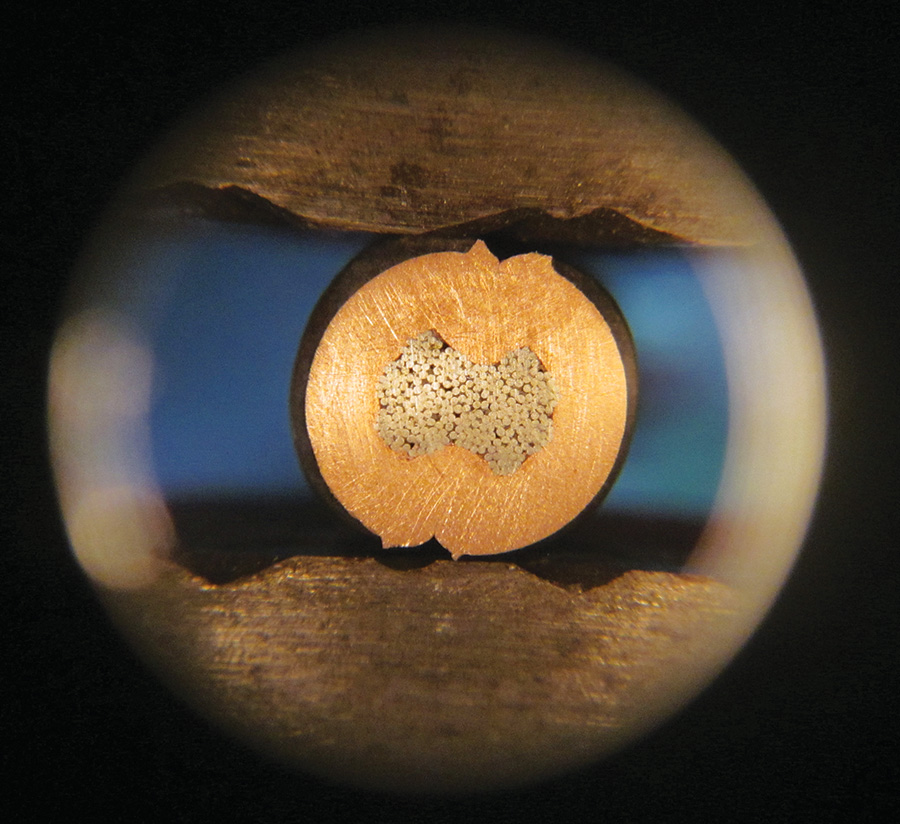
Fig. 3. Sleeve material is cold formed into the cable until the cable and sleeve are one unified mass.
Why three types? The idea is to match sleeve and cable finish for the least damaging galvanic potential between components. While any copper sleeve choice will initially withstand the rated load when installed on either galvanized or stainless cable, corrosion will weaken the mechanical joint given time, the wrong environment, and the wrong combination of materials. The specifications are quite specific. Bare copper or zinc-plated sleeves are used on galvanized carbon steel cable. Tin-plated sleeves (or as noted previously, stainless steel sleeves) are used on stainless cable. There are no exceptions.
Let’s Make An Eye
The process of assembling a cable eye is not complicated. Start by trimming the end of the cable with a proper cable cutter so it is not frayed (Fig.5).
Slip the cable through a short length of adhesive heat shrink, then the sleeve (Fig. 6).
Pass the end back through the sleeve to form a loop (Fig. 7) and pull it tight around an AN100 thimble (Fig. 8).
Properly position the sleeve in the correct groove of the tool and squeeze the handles. Be sure to check the manufacturer’s data for the correct groove and number for crimps. This particular tool and sleeve combination (Nicopress 64-CGMP and 428-4-VM) required three crimps using the ‘M” groove (Fig. 9).
National Telephone specifies a particular order in which multiple crimps are to be made: first in the middle, then nearest the loop, and last the tail end. Loos allows making the first crimp at either end and working across to the opposite end, or starting in the middle and working outward, similar to the Nicopress method. Both manufacturers prohibit crimping the ends and then crimping in the middle, as it does not allow proper flow of the malleable copper. In the absence of specific instructions, this is a good general rule to follow with any crimp tool.
Without question, the most important step is to gauge every crimp. The gauge must pass over each crimp, measuring across what was formerly the widest part of the sleeve, Dimension D in MS51844E. This is a Nicopress gauge, using the “M” width appropriate for a sleeve on 1/8-inch cable (Fig. 10).
When all crimps are completed, the minimum length of the free end is one cable diameter extending beyond the sleeve. There is no maximum, and most installers prefer more than one diameter. Slide the previously installed heat shrink tube over the tail and warm it with a heat gun. The heat shrink simply prevents the snagging of fingers and clothing, and is optional (Fig. 11).
So simple, yet…
How can things go wrong?
The number one cause of failure is an improperly adjusted crimping tool, combined with failure to gauge every crimp. Some operators may not realize the crimping tools are adjustable, or that they may not remain in proper adjustment. Gauge every crimp! If a crimp does not gauge properly, destroy the cable assembly and adjust the tool per the manufacturer’s instructions.
Next on the list is crimping with the wrong groove. Most users purchase multi-groove tools and must pay close attention to the markings on the tool jaw, as the manufacturers are not consistent.
Nicopress-brand tools are marked using a letter system, thus a user must check the data sheet to determine which lettered groove corresponds to a particular cable and sleeve size. As noted previously, the correct oval sleeve for 1/8-inch cable is crimped with the “M” groove (Fig. 12).
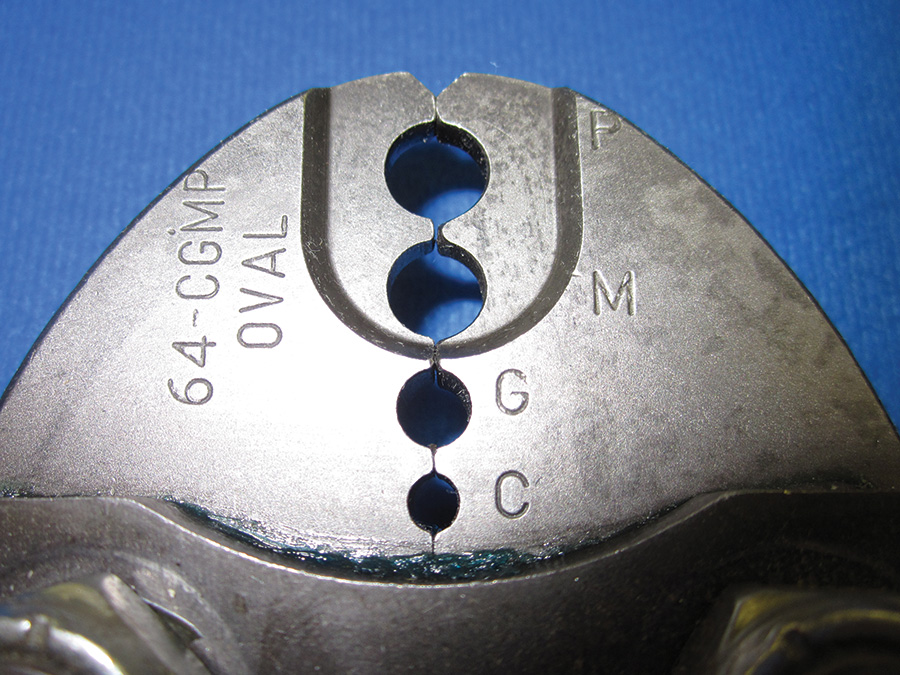
Fig. 12. Each lettered groove on a Nicopress tool corresponds to a particular cable and sleeve size.
Two of the grooves in the popular Locoloc 1-SC are marked with multiple fractional sizes. Note the “O” and “S”, which mean “oval sleeve” and “stop sleeve”. Crimping an oval swage sleeve on 1/8-inch cable requires using the middle groove marked “1/8 O” (Fig. 13).

Fig. 13. Two of the grooves in the Locoloc 1-SC are marked with multiple fractional sizes. Note the “O” and “S,” which mean “oval sleeve” and “stop sleeve.”
The popular Continental/GBG Industries S-2236H is sold by aircraft tool vendors under various part numbers. The GBG tool jaws are marked “2-3-4-5-6” (Fig. 14). Although the numbers correspond to the familiar aviation “multiples of 1/32-inch” rule in the case of oval swage sleeves (2/32, 3/32, 4/32, etc.), the same is not true for stop sleeves. Always check the instruction sheet supplied with the tool.

Fig. 14. For oval swage sleeves, the numbers on the Continental/GBG S-2236H jaws correspond to multiples of 1/32 inch. The same is not true for stop sleeves.
Some folks will die to save a buck. They might actually succeed if they crimp critical cables with a cheap copycat tool and fail to consider its limitations (Fig. 15). Compare a Nicopress 64-CGMP (top) with a $30 knockoff (bottom). Although a copy may mimic appearance, quality and detail can vary widely. As purchased this particular copycat tool did not include a gauge, and did not crimp to the correct dimension. If it had been used as delivered failures were likely.
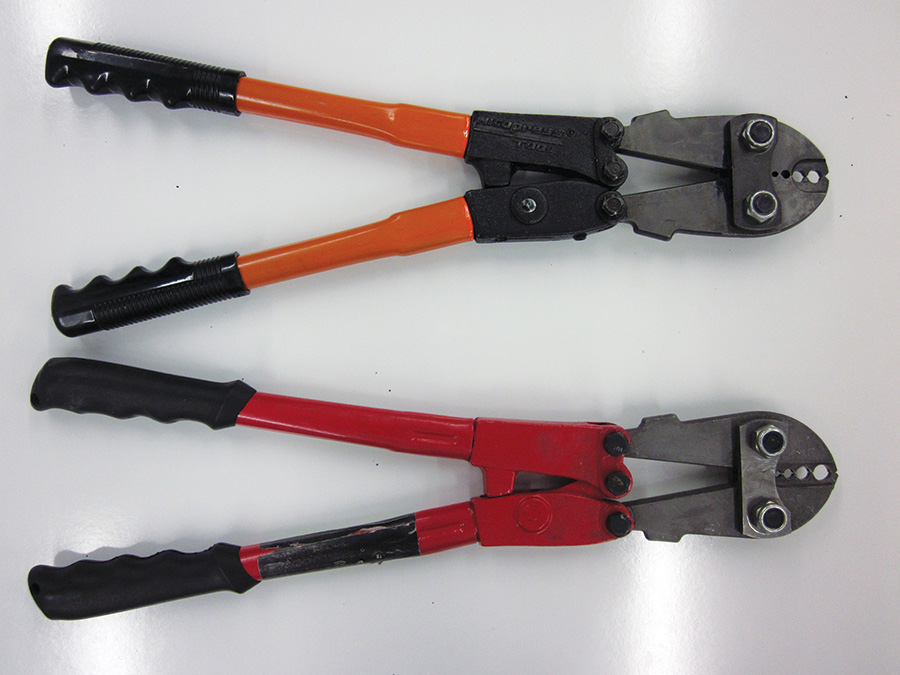
Fig. 15. A Nicopress 64-CGMP (top) and a $30 knockoff (bottom) may look the same, but the copy didn’t include a gauge and didn’t crimp to the correct dimension as delivered.
Using the wrong sleeve finish for the cable type is next on the list of sins. Obviously a bare copper sleeve on a stainless cable is wrong. A sharp inspector will catch it, but other combinations are not so easy. Recall that zinc-plated sleeves are used on galvanized cable and tin plated sleeves are used on stainless cable. Woe to the mechanic who allows his zinc and tin sleeves to be mixed in the parts bin, because the manufacturers do not mark them “zinc” or “tin” and it can be hard to tell them apart when age takes the shine off the plating. No manufacturer contacted for this article was able to offer a simple field method for plating identification that would work across all brands, so careful segregation through the entire supply chain is the only defense. Plating error will not result in immediate structural failure, but it does increase corrosion potential.
Outright sleeve size errors are possible. For example, a fabricator can slip a sleeve intended for 3/32-inch cable onto 1/8-inch 7×7 cable. The nominal sleeve ID is 0.125 inch, while 1/8 -inch (nominal) 7×7 is about 0.120 inch OD. However, if crimped with a tool groove intended for the correct 1/8 -inch sleeve, the cable will pull through under load. (Note: Strictly speaking, the use of 1/8-inch 7×7 cable would itself be an error. MS54844E does not list 1/8-inch 7×7.)
Part numbers can contribute to sleeve selection error. Nicopress-brand numbers don’t use standard aircraft sizing nomenclature, i.e. numerical multiples of 1/32 inch or 1/16 inch. For example, the part number for a
5/32-inch bare copper sleeve is 18-4-P. It’s not hard to understand how an A&P mechanic might look at a parts bin labeled “18-4-P” and assume it to be filled with sleeves for use on 1/8-inch (4 x 1/32) cable. If crimped onto 1/8-inch cable with the “P” groove, as indicated by the last digit of the part number or the sleeve’s physical fit in the tool, the eye will pull through under load. This may have been the scenario for the banner tow failure at the beginning of this article.
It is possible to pick the correct size sleeve in the absence of part numbers, or when bin markings are suspect. For all brands, visit the parts bin with calipers in hand and remember a simple rule. Within the range of common aircraft cable sizes (1/16, 3/32, 1/8, 5/32, and 3/16 inch), the correct sleeve has a nominal ID 1/32 inch larger than the nominal cable size.
Selecting Tools and Sleeves
It wasn’t possible to review every crimp tool on the market, but we did acquire a representative sample. The following tools appear to be the most popular multi-groove choices (Fig. 16).
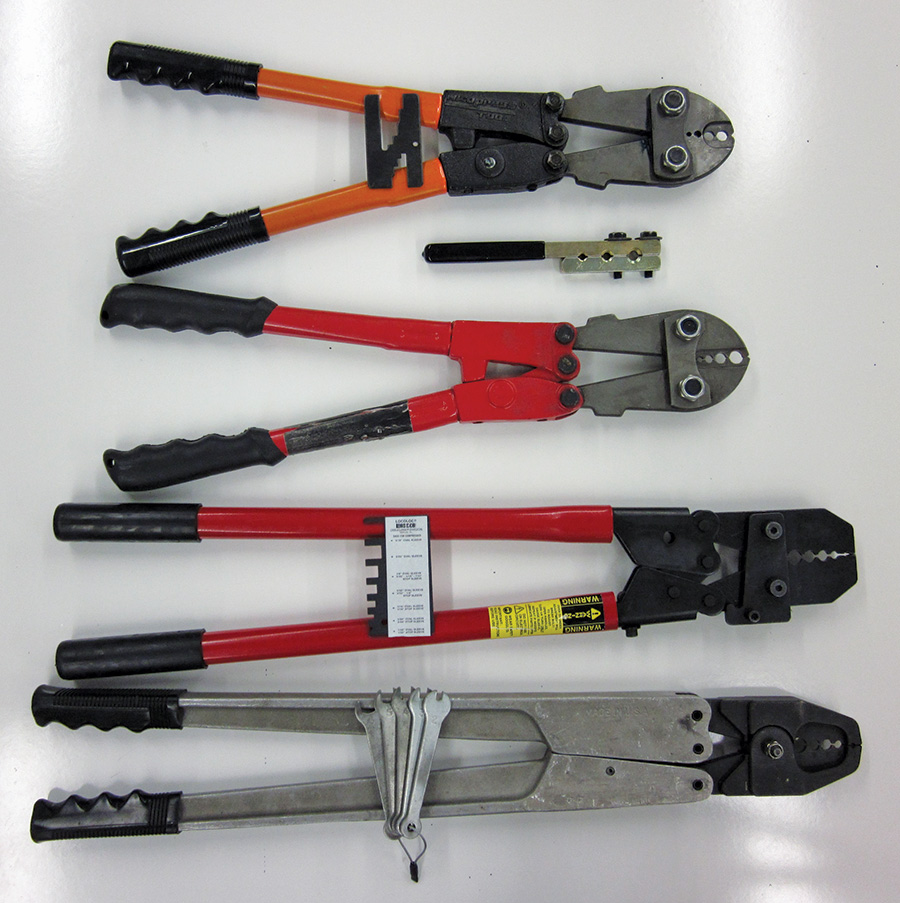
Fig. 16. Available crimp tools include (from top) Nicopress CGMP, inexpensive bar-type, cheap Nicopress knockoff, Locoloc 1-SC, and Continental/GBG S-2236H.
The Nicopress 64-CGMP will build 1/16-inch through 5/16-inch cables (C, G, M, and P in Nico-speak). The copy from the big-box home-improvement store does the same, in theory. A Locoloc 1-SC and the Continental/GBG aluminum frame tool both install 1/16- through 3/8-inch sleeves. The inexpensive two-bar tool crimps 1/16-, 3/32- and 1/8-inch sleeves. The following comments are limited to sleeve and tool performance with 1/8-inch cable only.
All three professional tools made consistent, reliable crimps. Sample users liked the Locoloc 1-SC just a bit better than the GBG aluminum frame tool. The difference was the shape of the jaws; the less blocky Locoloc jaws allowed slightly better visual confirmation of sleeve position and a little more finger room. Our users ranked the Nicopress tool third. Most found it slightly more difficult because the jaws don’t open wide enough to easily insert a sleeve assembly until the handles are spread to an awkward angle. Compare the jaw openings of the three tools at the same handle spread (Fig. 17).
The inexpensive bar-type tools tend to be a subject of much debate. In our testing this particular generic tool did a good job if used with care. However, it was not delivered with a gauge, a serious disqualifier. Users also found its performance to be variable. Sometimes the crimp process formed a squeezed-out flash along one or both sides, something that should not be present in a quality oval swage. The flash has the potential to prevent full crimp as it forms between the flat surfaces of the bars. In addition, the tool was slow, tiring, and awkward to use, a contributor to error.
The previously discussed copycat tool also resulted in more crimp variation than desired (as much as 0.010-inch between individual crimps), lacked a gauge, and suffered the same jaw-opening limitation as the Nicopress pattern. Although it is possible to make a serviceable crimp with the bar tool or the copycat, you’ll put special effort into doing so or take an unnecessary risk. No professional mechanic should consider either one. In the era of online aircraft type forums, cheap tools don’t make much sense for the amateur builder either. A post on a forum will easily resell the quality tool after completion of a project.
Careful measuring found only very small differences between brands of sleeves. In general, the sampled Nicopress brand bare copper and zinc-plated sleeves had slightly greater wall thickness (about 0.004 inch) than similar Locoloc or generic sleeves. All brands of tin-plated sleeves had near identical wall thickness. Width and overall thickness (C and D in MS51844E) of all sleeves fell within a narrow range.
National Telephone embosses the word “Nicopress” into the surface of their bare and zinc-plated sleeves. Tin-plated Nicopress sleeves are unmarked, as were all sleeve types from all other sources in our sample. As a practical matter it is impossible to tell one unmarked brand from another in the field.
We found minor variation between gauges (Fig. 18). The overall spread in gauge widths for the 1/8-inch nominal cable size was about 0.006 inch, with the Nicopress M being the largest. The GBG #4 gauge was the smallest, thus requiring the most sleeve compression to pass and in theory providing a very small additional margin. None of the gauges can be called a precision device (all are simple steel stampings), so these variations may or may not be typical.
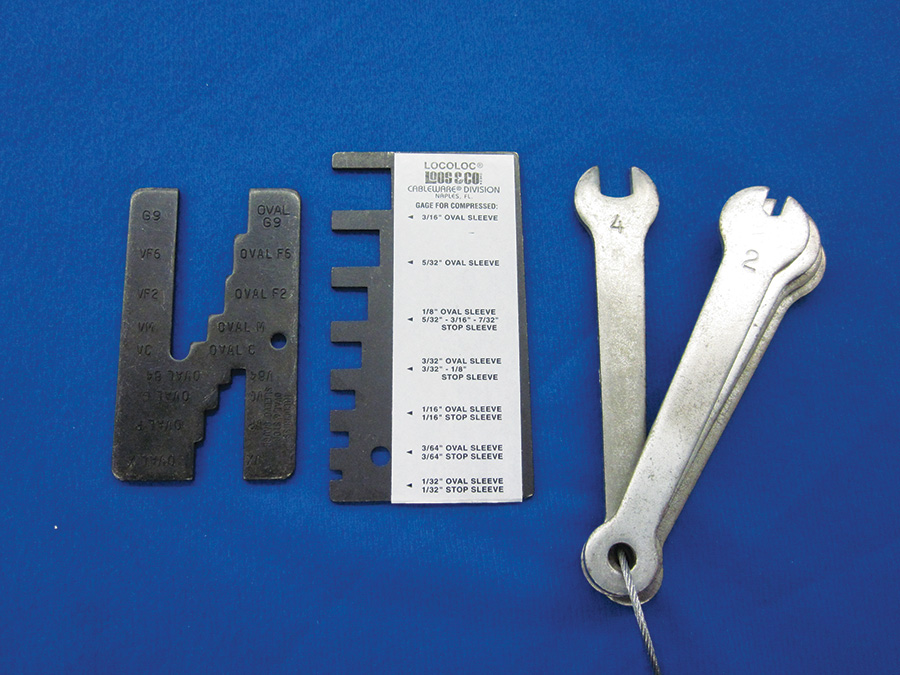
Fig. 18. We found minor variations between gauges from (left to right) Nicopress, Locoloc, and Continental/GBG.
Don’t Assume
All inspectors, from grizzled A&P-IAs to humble EAA TCs, should have an oval swage sleeve gauge in their toolbox. It’s safe to say everyone checks cables for wear and frayed strands, but how many check swage fittings for proper size, compression, and plating type? Restorers and mechanics have been making cables with oval swage sleeves for about 70 years. Not all were aware of the critical details of this seemingly simple process, so you can bet there are a great many mistakes flying about. They only need to be gauged once, when the old bird first comes under the care of an individual mechanic. Crimp dimensions won’t change with time, thus future inspections won’t require gauging.
Slippage is harder to detect, but there are clues. When a cable is heavily loaded it tends to deform the AN100 eye into a shape with a smaller radius, thus a cable with a small radius thimble should be subjected to closer examination. As an eye begins to slip under heavy load, it often pulls the AN100 thimble into the asymmetric shape seen in Fig. B (See sidebar). Keep an eye out for those…an eye for an eye.
Sorry, couldn’t help it. Build safe, fly safe.

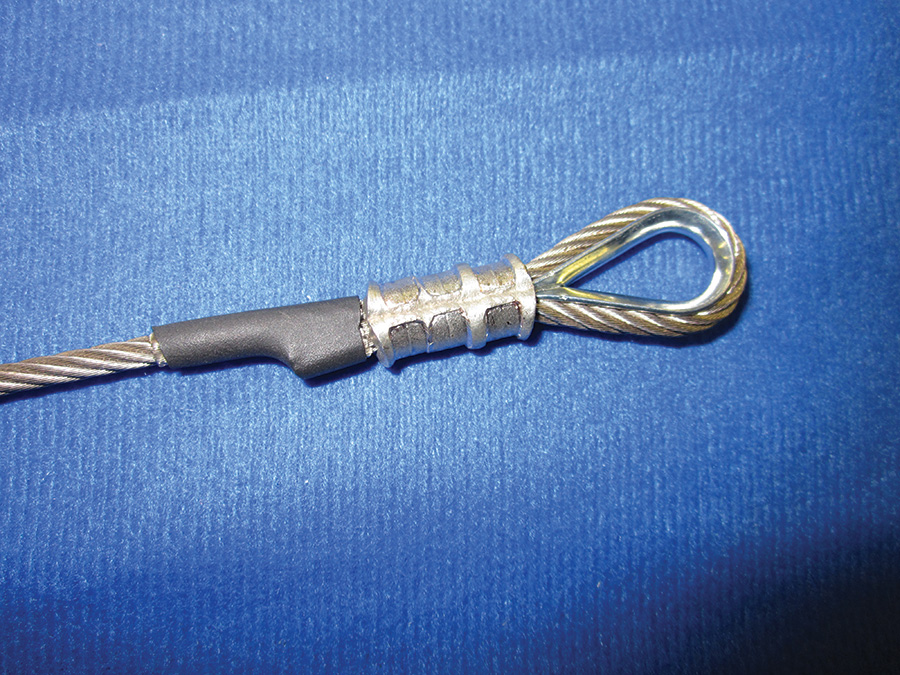
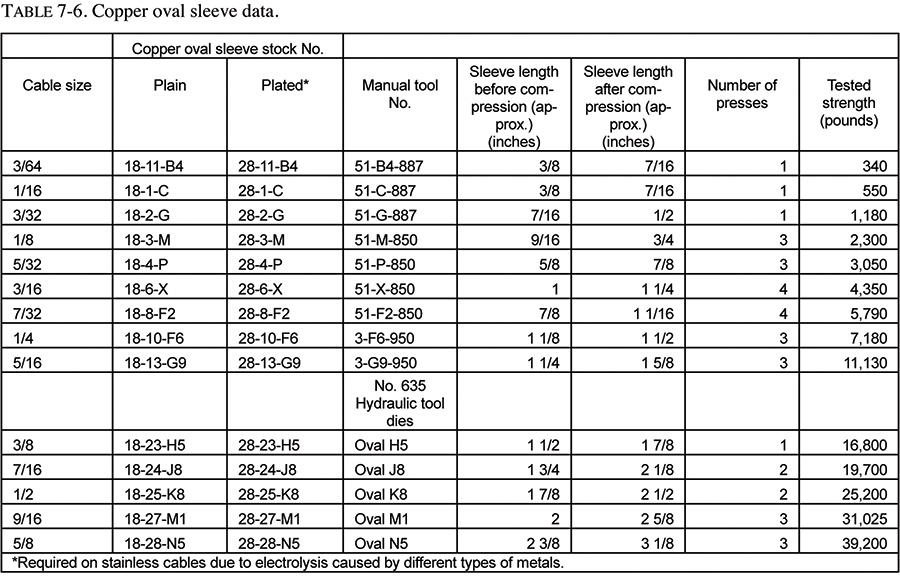
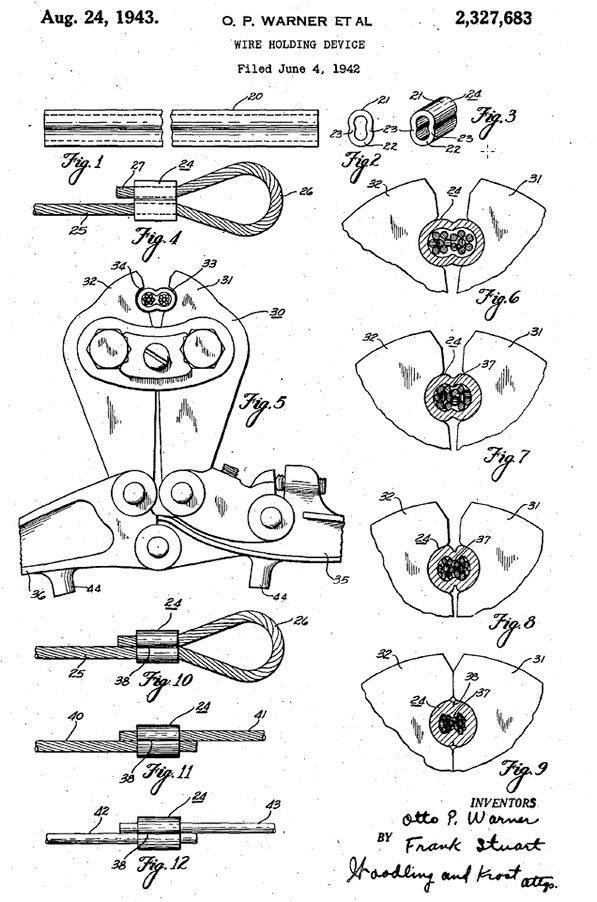
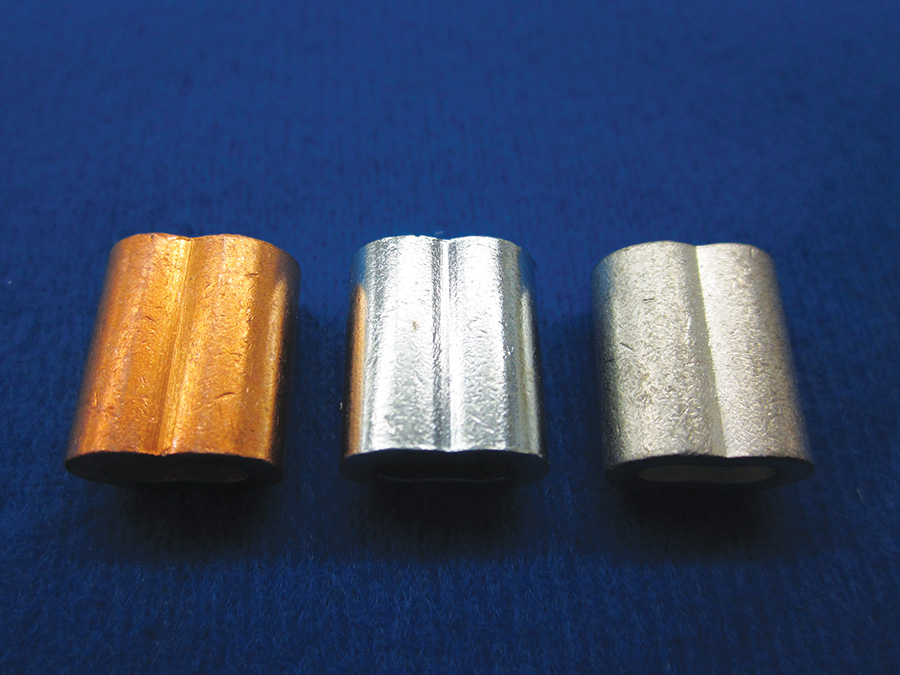
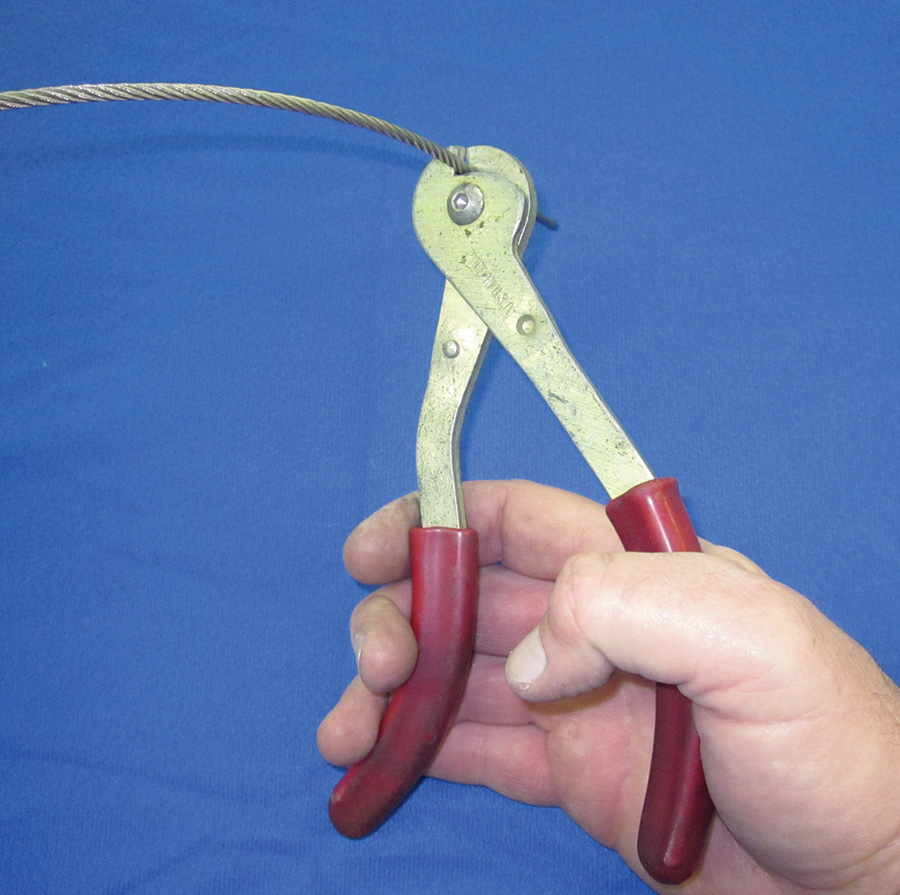
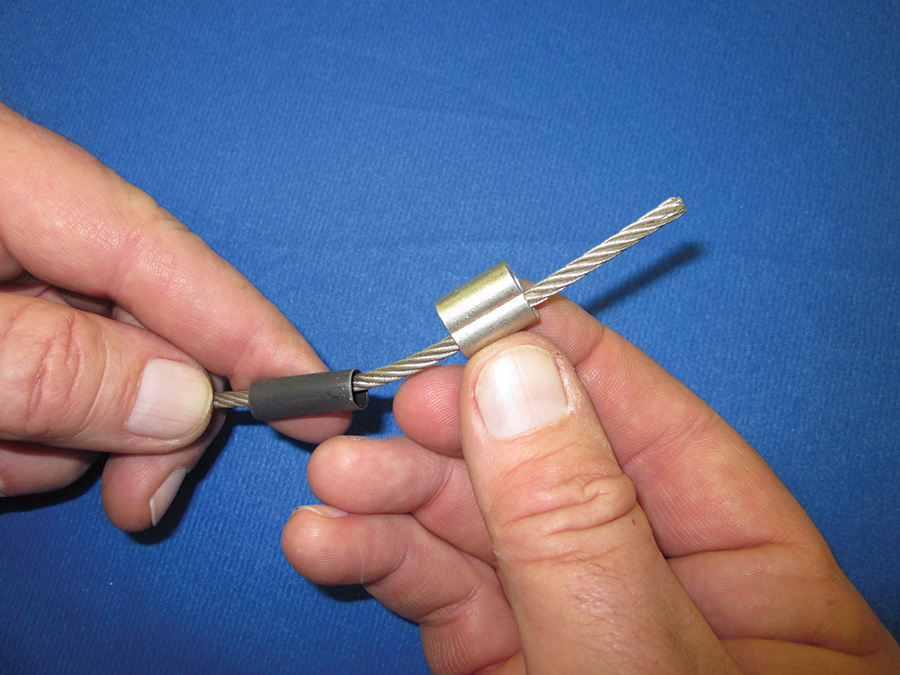

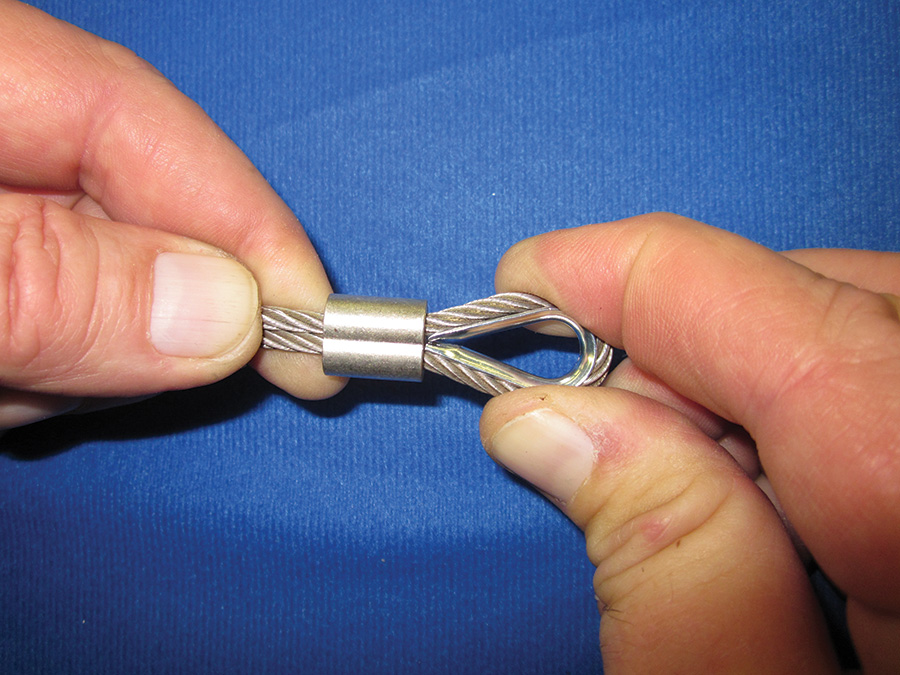

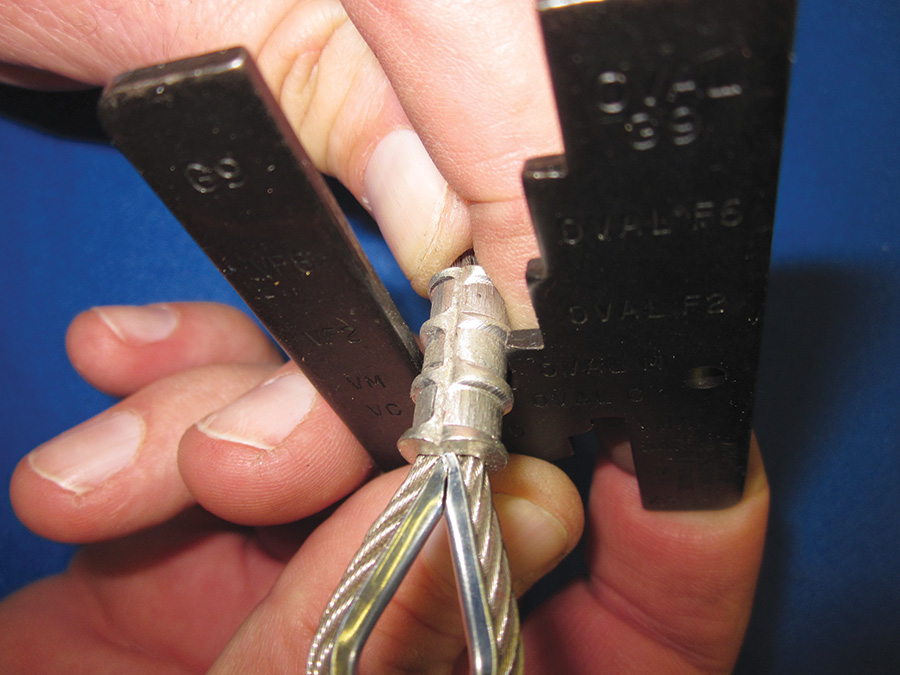
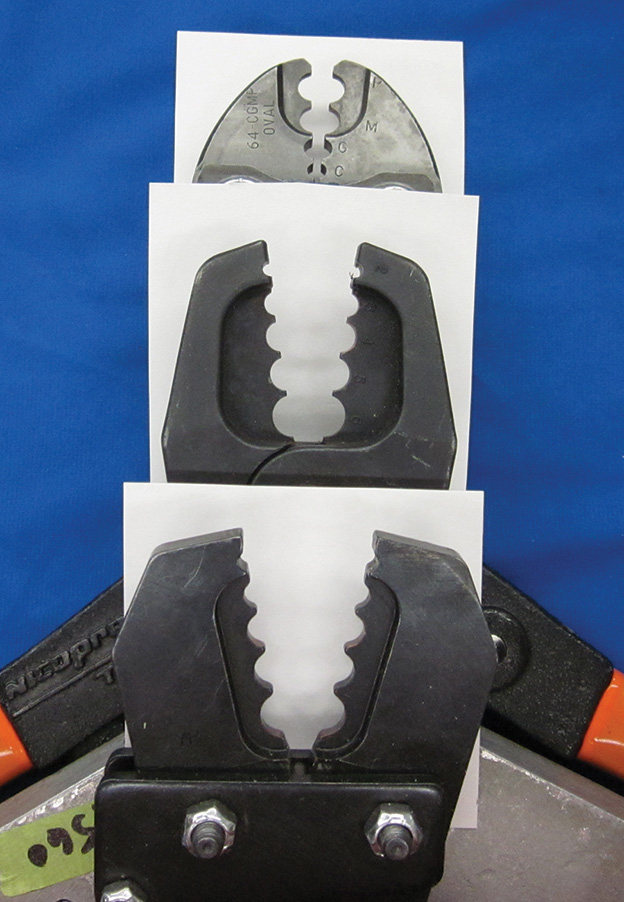
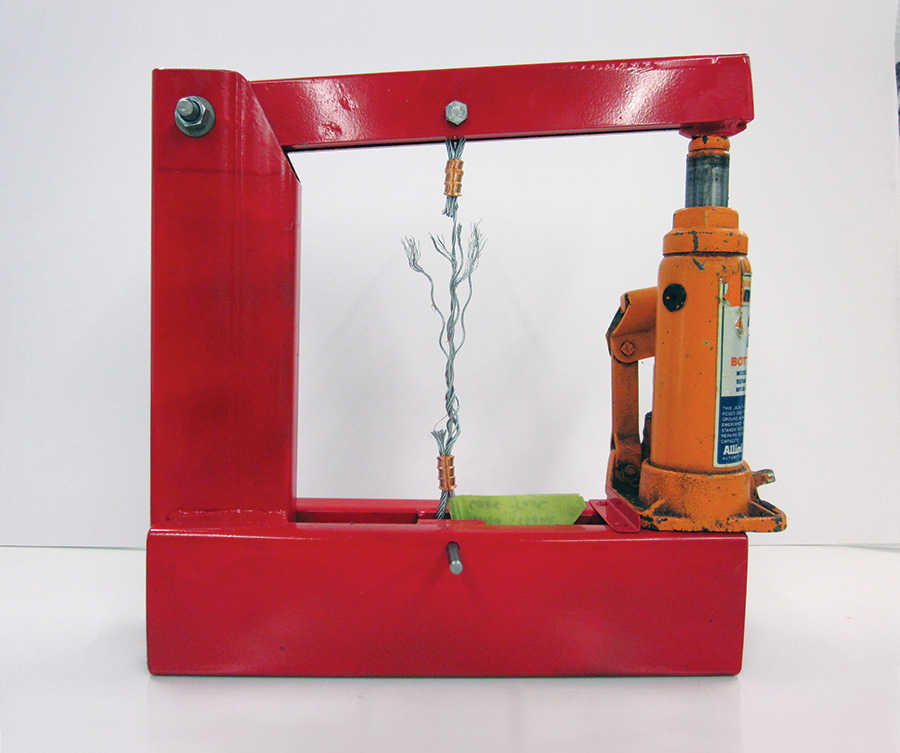
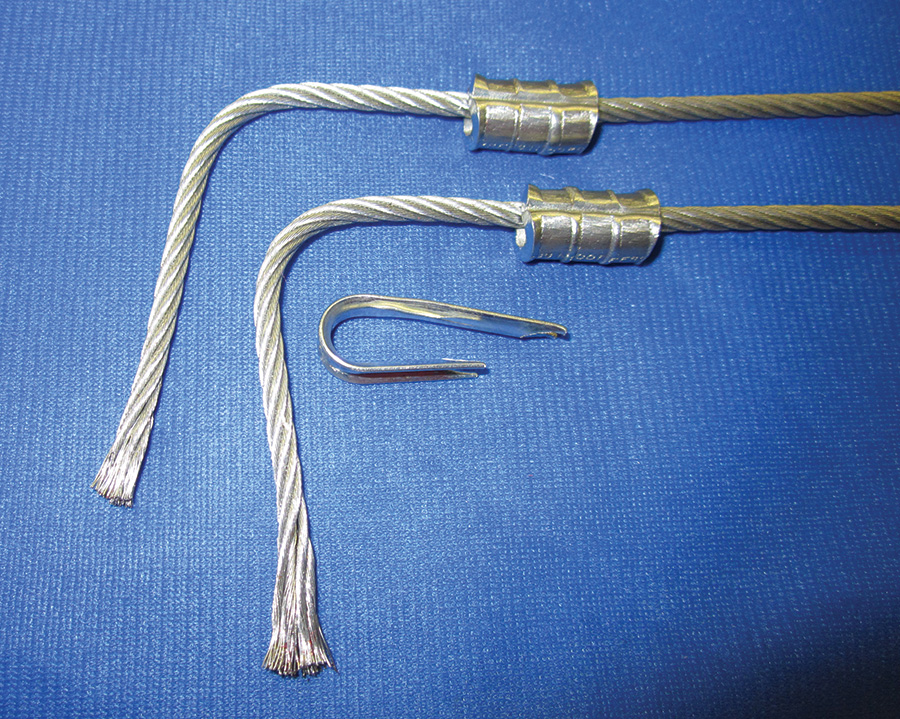
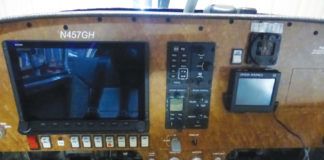


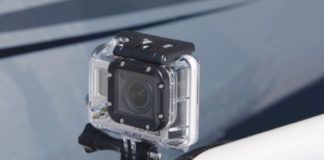
I found the information very interesting and just possible you may solve my problem
i am lookinf for pure copper sleeves with the follwing dimensions that i will on copper stranded wire from sizes #12 through #2 AWG. the quantity varys depending on the season, i currently manufacture them myself but due to an increase in our business i am looking for an outside source. At the present time we are looking at 10,000 for one project. the following is the informaiton i have on this particular sleeve. the sleeve is 1″ long, .300″ ID AND .OD .372″ AND WALL THICKNESS .035″ 100% pure copper Alloy C10100